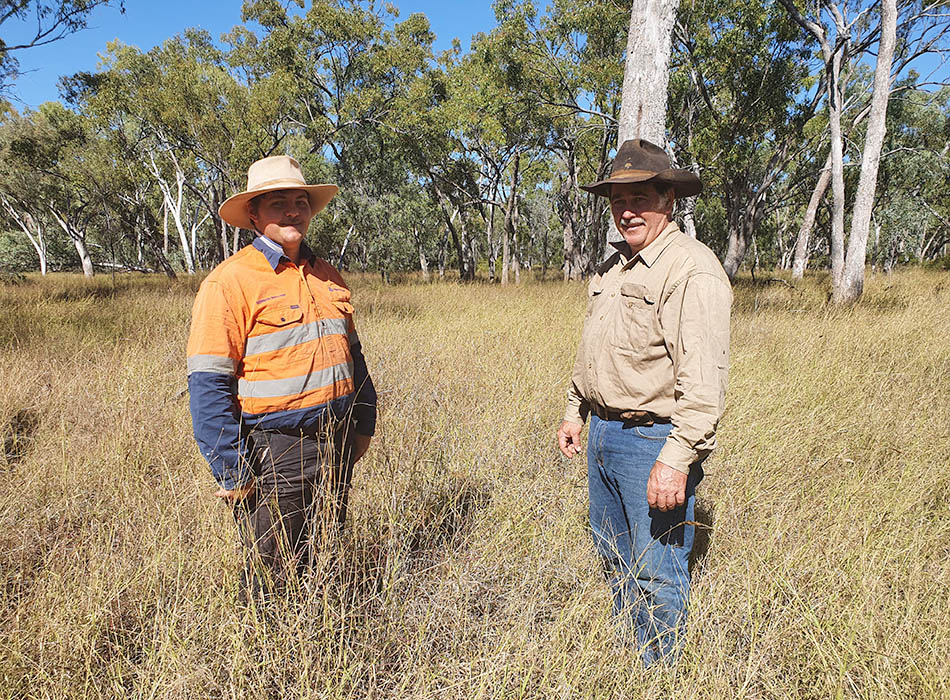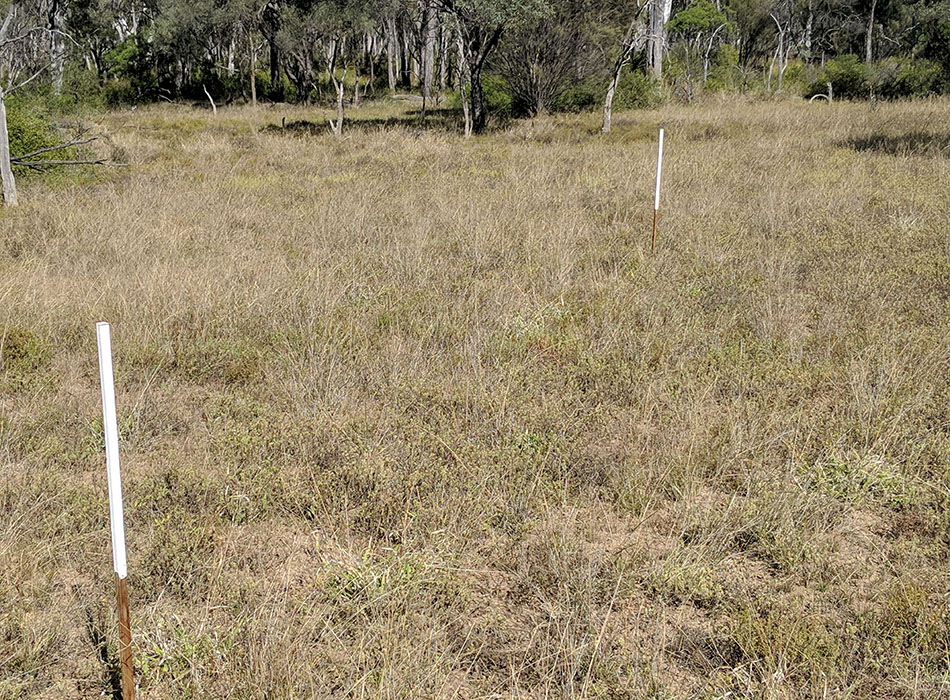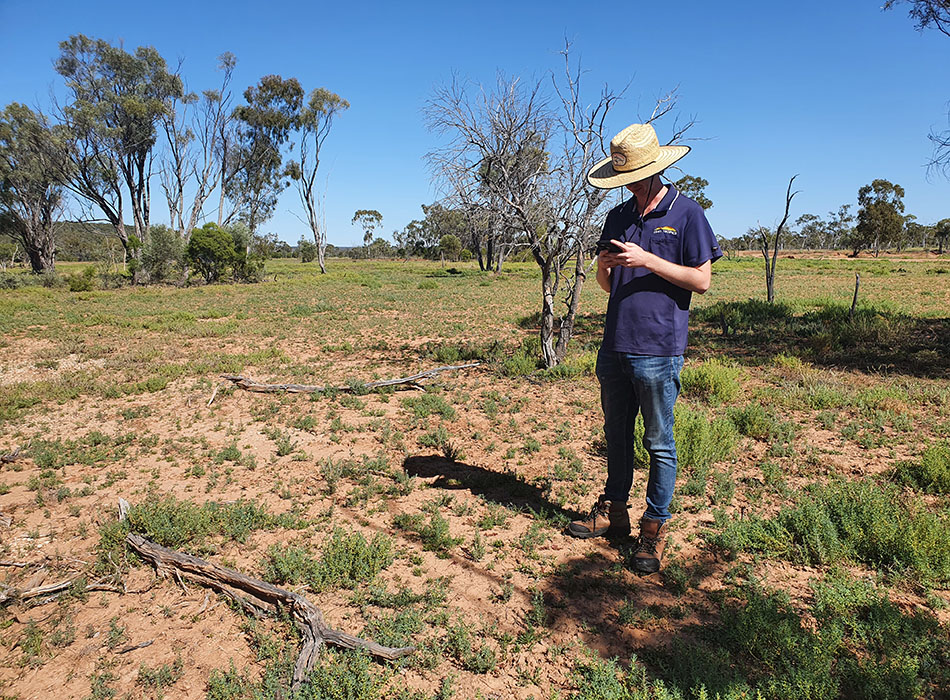Manage the land and cattle will eat the reward
Ulcanbah Station grazier Robert Hollingsworth well-remembers his “light bulb” moment when he decided to concentrate on managing land rather than cattle.
That moment came during a KLR Marketing course in 2016 when he realised his business was about more than just cattle.
Since then Robert and son Reuben have been transitioning to rotational grazing right across Ulcanbah Station about 260km south of Charters Towers.
They have been soaking up information from experts like Dick Richardson from Grazing Naturally, contour bank master Darryl Hill, and Department of Agriculture and Fisheries’ (DAF) Principal Extension Officer Bob Shepherd whenever and wherever they can.
The Hollingsworths have collaborated with NQ Dry Tropics, CHRRUP and DAF to tackle earthworks aimed at reducing sediment run-off and to install infrastructure to support changes to grazing management.
Robert spotted NQ Dry Tropics at the Beef Producers’ Expo and immediately thought a Land Management Plan under the Grazing Resilience and Sustainable Solutions (GRASS) program would be just the thing to help them continue to improve their land, and therefore, their pasture.
The GRASS plan helped the Hollingsworths get a clear picture of the areas in most need of attention and to develop a plan to improve each of them.
It also offered official recognition for the work Robert and his family had already put into the property.
Bottom Cattle Creek Paddock, about 630ha at the northern end of their property was one paddock where pasture had become thin and was struggling to out-compete some invasive species, particularly wiregrass.
Regular spelling since 2019 and careful forage budgeting produced a massive turnaround and most of the paddock was in A or B condition when it was last assessed.
The Hollingsworths are confident the last patch of wiregrass — in the only remaining C condition area of Bottom Cattle Creek Paddock — will soon be overtaken by the same mix of black speargrass and buffel that is knee-high across the rest of the paddock.
The completed management plan serves as a record of the work they have undertaken to improve the condition of their land and to minimise soil loss through erosion, as well as demonstrate compliance with the reef regulations.
The GRASS program is funded through the Queensland Government’s Queensland Reef Water Quality Program and is delivered by the Department of Agriculture and Fisheries, NQ Dry Tropics, Burnett Mary Regional Group, and the Fitzroy Basin Association.
Ulcanbah Station graziers Robert (right) and Reuben Hollingsworth in a paddock full of black speargrass and buffel, a paddock rejuvenated through rest and careful, budgeted grazing.
The last patch of C condition land in Bottom Cattle Creek Paddock at Ulcanbah Station. The predominant wiregrass will be overtaken by desirable pasture species under the present grazing regime.
NQ Dry Tropics Project Officer Cameron Sims conducting a Land Condition Assessment at Ulcanbah Station.



